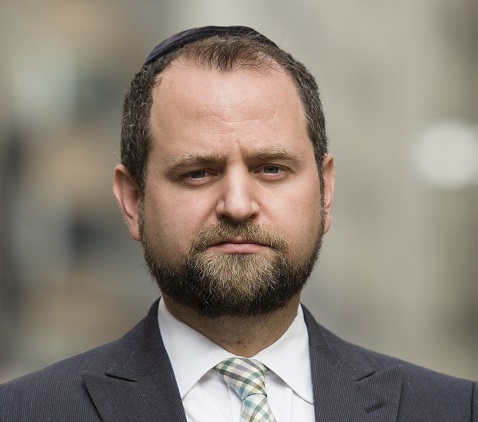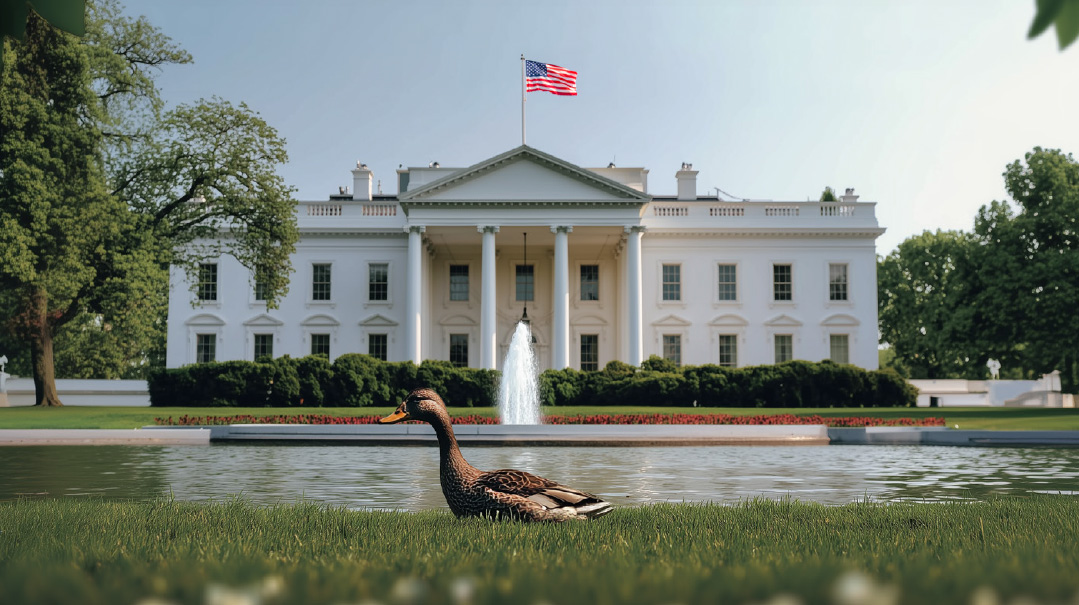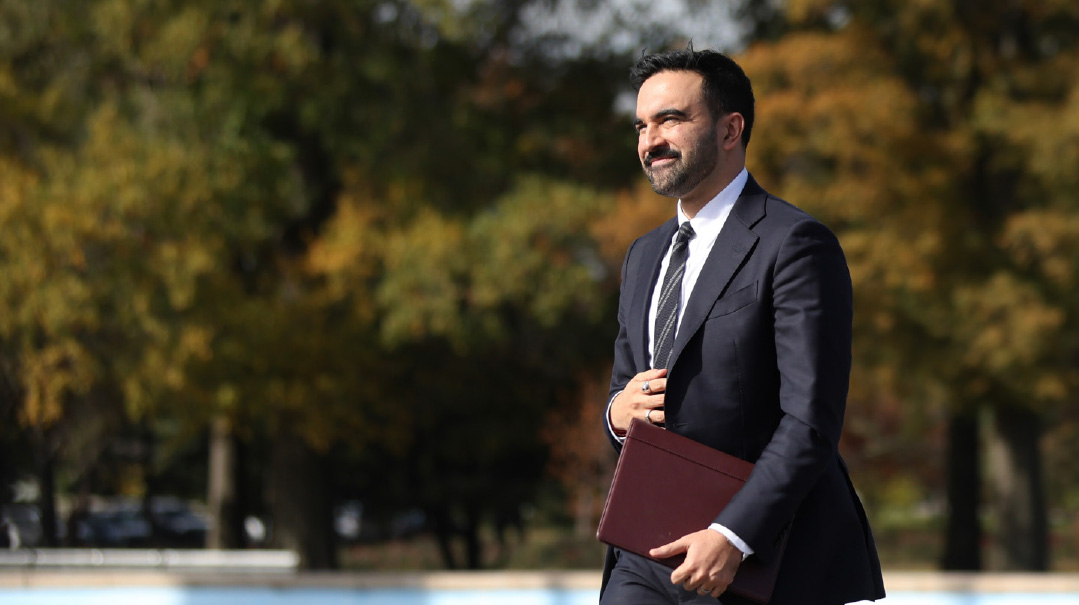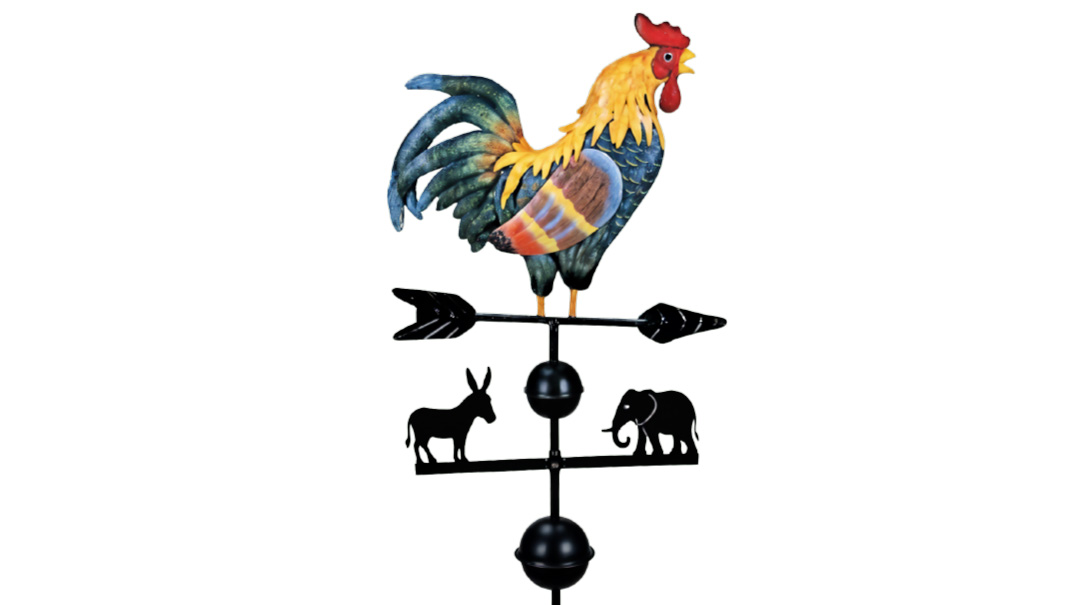Why the Low Bar for GOP Debates?

Why presidential debates are so easy to qualify for

You walk into a close friend’s wedding, expecting to see his family and close friends. The first few faces you see don’t ring a bell. But it’s a big chasunah. As you make your way through the banquet hall, you start to realize — you hardly know anybody. Small talk at the smorg reveals that some of these people have no serious connection to the chassan or kallah, only cordial relationships. The people you expect to see here are absent, and the people who are here probably shouldn’t be. What’s going on?
Welcome to the first Republican presidential debate for the 2024 race. The event will take place on August 23 in Milwaukee, Wisconsin, and to qualify for participation, a candidate doesn’t need much. Voters would normally expect the front-runner, former president Donald Trump, to attend; but he has declined an invitation. What are the criteria for the remaining attendees? Only polling at 1 percent and having 40,000 unique campaign donors.
Fundraising probably shouldn’t be considered a valid yardstick anymore; our community has demonstrated time and again the ease of crowdfunding small dollar amounts. Frankly, there are multiple yeshivos in our community that could qualify for the debate stage, using that measure.
Polling could be considered a serious benchmark — but not if you set the bar at 1 percent. There are 335 million Americans, yet the GOP debate organizers decided that having 40,000 donors and 1 percent polling should determine which candidates will appear on the first big national stage of this campaign? For the most important position in the world?
No one planning a wedding takes such a come-one-come-all approach; why are the organizers doing so with this presidential debate?
The answer is that the criteria are not as arbitrary as they first seem.
Take Perry Johnson. You’ve likely never heard of him. Perry Johnson is an entrepreneur who is running for president. He’s founded a bunch of companies and he has “a plan for America.” Johnson is trying to meet the debate fundraising requirement by selling T-shirts for $1. It probably costs his campaign financially, but it would help him comply with the debate rules. But he hasn’t yet cracked the 1 percent threshold in the national polls, and thus he will be excluded. It’s harder than it looks to get one person, let alone thousands, to write a check to your presidential campaign; and to get name recognition from one percent of the American public is beyond most people’s capabilities.
Former Ohio congressman Tim Ryan and former Colorado governor John Hickenlooper offer other important examples. Ryan and Hickenlooper were both polling at 1 percent and met the admission criteria for the first Democratic presidential debate of the 2020 campaign. That stage boosted both of them; although their presidential campaigns went nowhere, the Democratic Party was able to subsequently convince them to run for Senate. And they both won (although Ryan lost his 2022 bid for reelection). The debate stage is an excellent opportunity to showcase a party’s ideology and its rising candidates. For the GOP, the first debate will likely host a future VP candidate, and possibly some future senators and governors.
But there is one other lesson that applies equally to both a simchah and a debate. If you aren’t well known, don’t embarrass yourself. For example, in the 2012 Republican debate, Texas governor Rick Perry ended his long-shot presidential bid when he couldn’t name three cabinet agencies he would eliminate as president. Going back a bit further, a rising but lesser-known 44-year-old Delaware senator named Joe Biden was accused of plagiarizing British Labor Party leader Neil Kinnock at an Iowa debate in 1987, which derailed his first presidential campaign.
The Coy Game Arrives in Westchester
Westchester County executive George Latimer is mulling a Democratic primary challenge to Congressman Jamal Bowman. Westchester is a heavily Jewish district, and Bowman has drawn the ire of the community for his repeated anti-Israel positions, including his recent decision to skip Israeli president Isaac Herzog’s address to Congress. Bowman is a member of “the Squad,” and any challenge by Latimer would be perceived as a challenge from the Democratic center-right or moderate wing.
Will Latimer run?
He’s playing coy now, which is one of the oldest tricks in politics. He’s “considering it.” He’s “listening to advice.” He has “an open mind.” The list goes on. But he’s not committing to run… yet
The coyness game goes like this: Don’t antagonize your own political party while building a base of support. If the base of support gels, you run, and if not, you bow out having never announced. It’s the political way of having one’s cake and eating it too. Eisenhower famously did it in the early 1950s when considering his presidential run, and it launched a “draft Eisenhower” movement. Ross Perot achieved the same thing in the 1990s with the third-party “draft Perot” movement.
The challenge with this game is that if you wait too long for the drumbeat to build, your competition can solidify party support. I’ve heard many Dems are already getting calls from Bowman’s camp to shore up support and endorsements for him.
Many New Jersey politicians are already playing the coyness game for the 2025 Democratic campaign for governor. Meanwhile, Jersey City mayor Steve Fulop has announced and is rounding up endorsements. One person who endorsed him told me, “Others are talking about running, while he’s in the race.”
So, a word of advice for Latimer: Playing coy works — but the game has a short shelf life.
Numbers Game- 24%
This is the acceptance rate for applications to the Federal Nonprofit Security Grants program, which shuls, schools, and a wide range of frum nonprofits have come to rely on to meet their security needs. This reflects a 10 percent drop from the prior year’s acceptance rate. Practically, this means that many of our institutions who desperately need the funding will be turned down. The reason is simply rising demand; the program is getting many more applicants. Congress increased funding from $250 million to $350 million last year but will have to assess how to meet the growing demand again next year.
Numbers speak volumes, but seeing is believing. I hardly notice all the security protections in my shul anymore, from guards to locks to protocol. But while I was in Los Angeles recently, I walked by three shuls that had visible security protection, and it struck me how prevalent the need remains. Without federal grant funds, many shuls have had to raise the funds to pay security costs themselves — which some shul-goers have sardonically referred to as an “anti-Semitism tax.”
(Originally featured in Mishpacha, Issue 973)
Oops! We could not locate your form.







